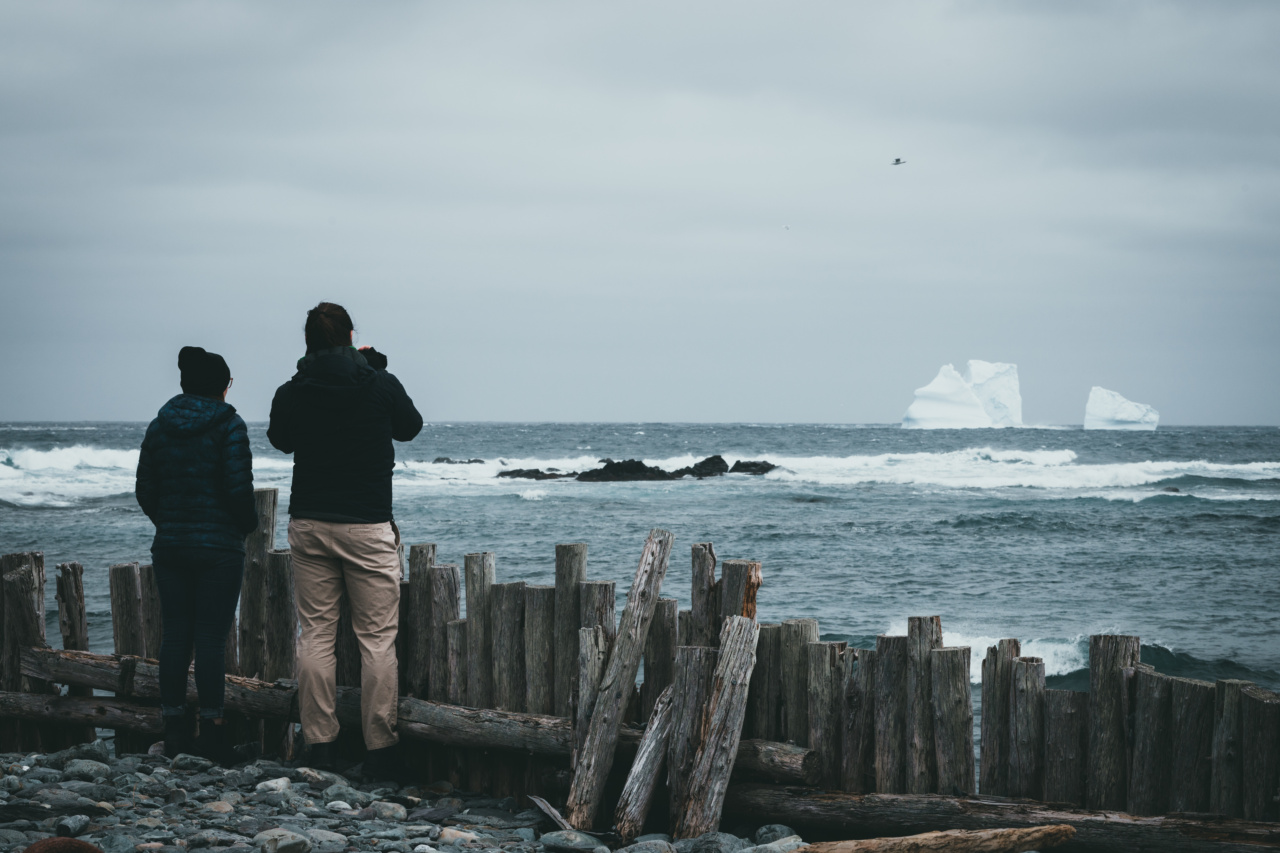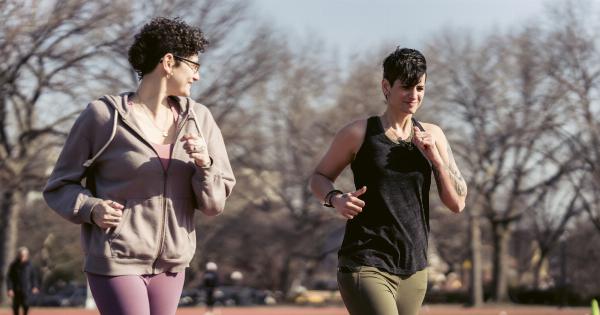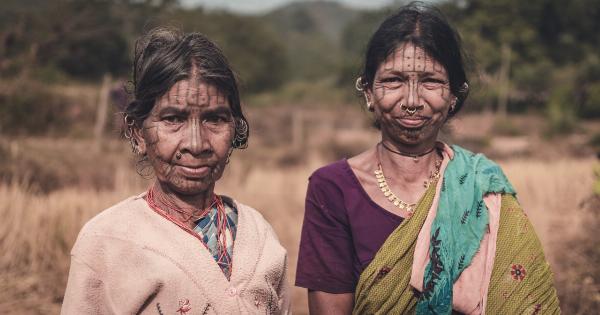Gender inequality is a persistent issue in society. Studies have shown that women often experience discrimination in the workplace and throughout their lives, particularly in areas such as pay and career advancement opportunities.
However, it’s often overlooked that men face their own challenges as well, particularly when it comes to health and wellness in cold environments.
Men Face Unique Health Challenges in Cold Weather
Cold weather can be harsh on anyone, but men in particular face unique challenges when it comes to maintaining their health and well-being.
Hypothermia, frostbite, and other cold-related illnesses can be more prevalent in men due to a variety of factors, including differences in body composition.
Studies have shown that men tend to have higher muscle mass and lower body fat percentages than women, which can impact their ability to maintain body heat in cold weather.
Additionally, men are more likely to engage in outdoor activities such as hunting, fishing, and skiing, which can increase their risk of exposure to cold temperatures.
Men are also more likely to engage in risky behaviors such as excessive alcohol consumption or drug use, which can impair their ability to regulate body temperature and increase their risk of hypothermia and other cold-related illnesses.
Mental Health Issues Also Impact Men in Cold Weather
It’s not just physical health that men need to consider when it comes to cold weather – mental health is also a concern.
Seasonal affective disorder (SAD) is a type of depression that occurs in the fall and winter months and is more prevalent in men than in women. Symptoms of SAD can include feelings of sadness or hopelessness, changes in appetite or sleep patterns, and a lack of interest in activities that were once enjoyed.
In addition to SAD, men also face a higher risk of suicide in the winter months.
The reasons for this are complex and varied, but it’s believed that factors such as social isolation, financial stress, and the lack of sunlight can all contribute to a higher risk of suicide in men during the winter.
Addressing the Gender Divide in Cold Weather
Addressing the gender divide in cold weather requires a multifaceted approach.
On an individual level, men can take steps to protect their health and well-being in cold weather by dressing appropriately, limiting alcohol consumption and drug use, and seeking treatment for mental health issues if necessary.
On a societal level, it’s important to raise awareness of the unique challenges that men face in cold weather and to work towards solutions that address those challenges.
This could include initiatives to provide more access to mental health services for men, or programs that encourage physical activity and healthy behaviors in cold weather.
The Bottom Line
While gender inequality is often seen as a women’s issue, it’s important to recognize that men also face their own challenges.
In cold weather, men may be at a higher risk of hypothermia, frostbite, and other cold-related illnesses, as well as mental health issues such as SAD and suicide. Addressing the gender divide in cold weather requires a multifaceted approach, with both individuals and society working towards solutions that protect the health and well-being of men in cold environments.
























